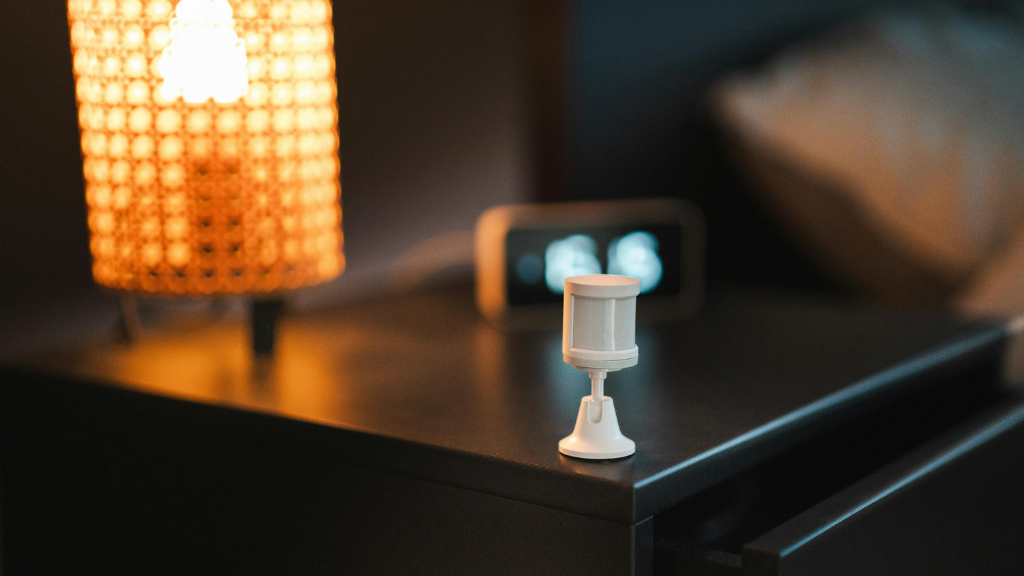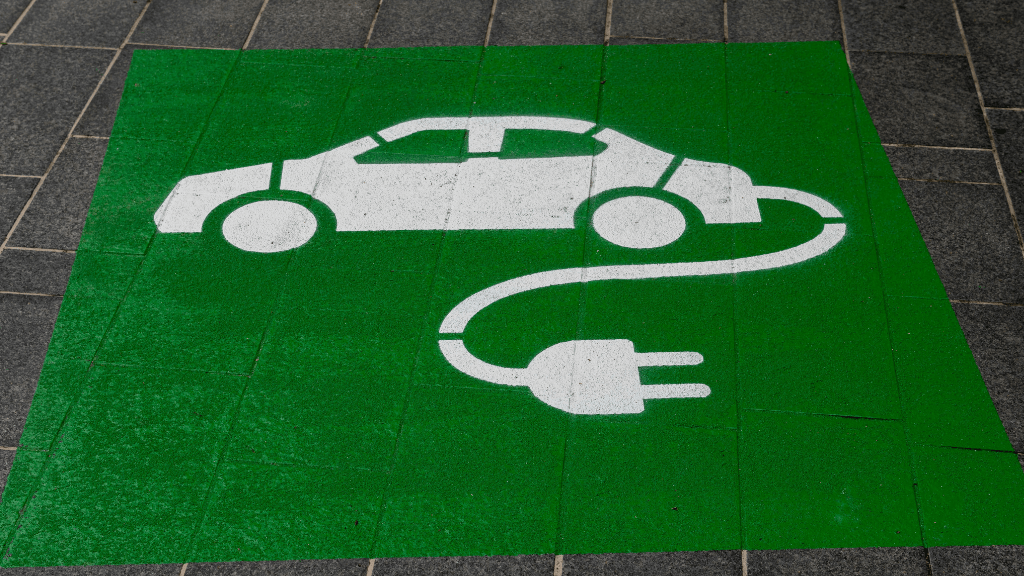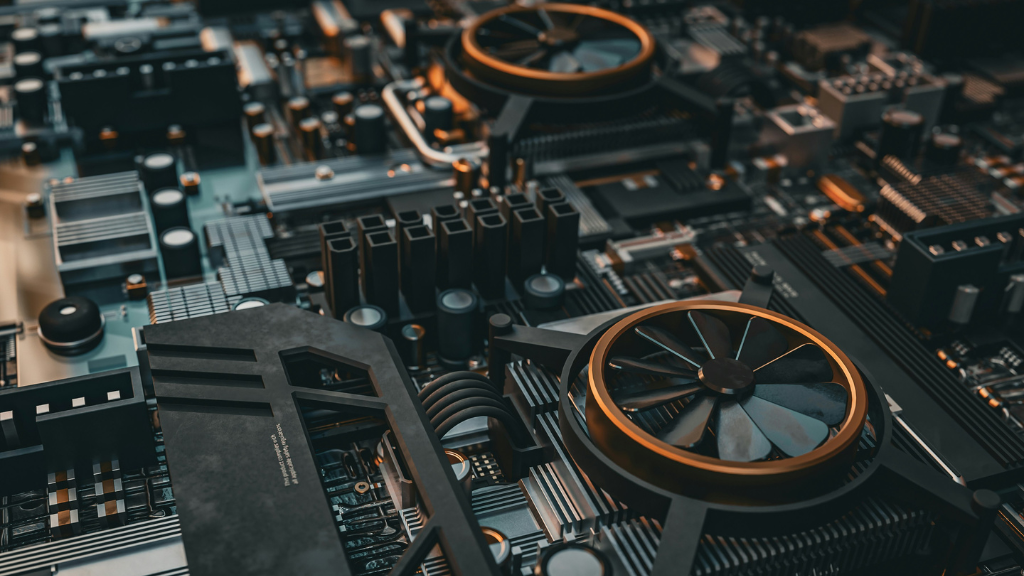Strong together: the advantages of hybrid components
The requirements for components sometimes seem contradictory: they need to be stable, but still have a low weight. They have to be complex but compact and at the same time not too expensive to produce. How can all this be reconciled? The solution is hybrid components, which are in high demand in many industries due to their versatility. Read on to find out what makes them special, how they are manufactured and why they are becoming increasingly popular.

Hybrid components: Features and areas of application
What is actually meant by hybrid components? As the name suggests, hybrid components are parts that are made from more than one material. In an industrial context, hybrid components usually refer to elements made of different, complementary materials, such as metal and plastic, whose production requires the addition of different methods, such as injection moulding and stamping technology. By combining several materials, such components can also combine seemingly contradictory properties and, for example, be light yet strong, soft yet rigid.
At Rejlek, we successfully utilise hybrid component manufacturing technology for sensors of all kinds, such as rain and light sensors. Other areas of application include small and large coilformers, high-voltage battery components and relay components. Due to the steadily increasing trends towards digitalisation and electromobility, the already high demand for these material compounds will continue to increase significantly in the future.
So let’s take a closer look at the advantages of elements of this type and how they are manufactured in detail.

Advantages and production of hybrid components
What one material cannot do alone, two can do together. This or something similar could be used to describe the advantages of hybrid components. The functional combination of different materials can overcome limitations and open up countless new possibilities. For example, the overmoulding of metal components makes it possible to save on subsequent assembly steps and at the same time achieve greater functionality. As a result, and thanks to the fact that hybrid components can be more compact and lighter, they also ensure greater cost efficiency in production and further processing.
The production of hybrid components is a complex endeavour and requires a great deal of expertise and the appropriate manufacturing equipment. The interface between the materials, i.e. the point at which they are joined together, is particularly important. Durable and process-reliable adhesion is the be-all and end-all here so that the finished components can realise their full potential. The plastic material used is a decisive factor here, as well as the surface quality, type and design of the connection, as these influence the form fit and adhesion forces.
A distinction is made between two different production methods:
-
- Outsert process: Here, the proportion of metal is greater than that of plastic. The elements are transformed into hybrid components using various forming processes with plastic injection moulding.
-
- Insert process: Here, the component consists largely of plastic. Smaller metal parts are embedded in a plastic carrier using an injection moulding process and thus manufactured into stable and versatile hybrid components.

Production of hybrid components at Rejlek
At Rejlek, we are proud to have been able to offer our customers customised hybrid components for more than 30 years. Cost-efficient production developed to the highest standards enables the realisation of even highly complex plastic-metal elements and is an important quality feature for the expertise of our family business.
We offer metal and plastics expertise from a single source and our many years of experience in the areas of multi-component injection moulding technology and inline stamping technology make us an excellent partner when innovative product implementation of hybrid components is required. Services such as 100% camera monitoring during production, production automation, series-accompanying computer tomography, Elopin technology for press-fit zones and the self-evident implementation of cleanliness requirements allow our customers to save costs and complexity.

Conclusion: Components for the future and the present
Hybrid components are a ground-breaking way of overcoming the material-related limitations of individual components. The combination of different materials and the numerous advantages that these hybrid elements offer are already in high demand in many areas. The demand for hybrid components will increase significantly in the future with the growing focus on electromobility and digitalisation. Having a reliable and experienced manufacturer at your side is therefore a top priority.
Do you need hybrid components made from standard contact overmoulding, Elopin compression moulding zones, thermoplastic-TPE combinations with sealing requirements or other materials? Contact us right away, our experienced team looks forward to working with you to turn your wishes into reality.



